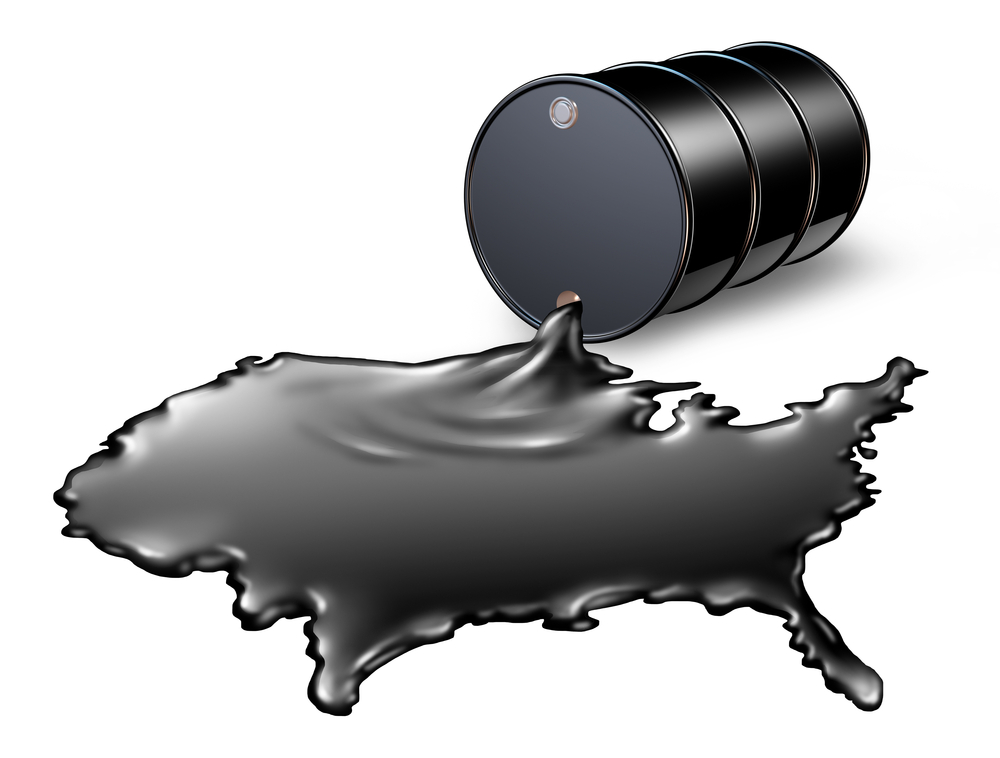US petroleum consumption lowest in decades due to COVID-19 pandemic

While U.S. mitigation efforts may be slowly flattening the curve of COVID-19, they have also resulted in the lowest U.S. petroleum oil consumption in decades, as shown by the U.S. Energy Information Administration’s (EIA) Weekly Petroleum Status Report.
This has been caused by a mix of limited travel and the general economic slowdown caused by mitigation efforts, resulting in EIA estimates that petroleum product demand has declined to its lowest levels since the data series began in the early 1990s. This week, total petroleum demand averaged 14.1 million barrels per day, actually up from the 13.8 million barrels per day last week. Even at 14.1 million, however, that value is 31 percent lower than the 2020 average from January through March 13, when travel restrictions rolled out in force. Another largest drop to date can be seen in supplied petroleum products, which fell by 3.4 million barrels per day, though there are signs that consumption is stabilizing.
In all, petroleum demand measured as product supplied is based on motor gasoline (45 percent of total in 2019), distillate fuel oil (20 percent), jet fuel (9 percent), and chemical feedstocks and other fuels (26 percent). Motor gasoline has taken the biggest hit since this all began. Before shut down and stay at home orders were issued, it supplied an average of 8.9 million barrels per day. Since March 13, it has fallen to 5.3 million barrels per day — a 40 percent drop — as of the week of April 17. Jet fuel, on the other hand, saw the largest drop in relative terms, falling 62 percent, from 1.6 million barrels per day to 612,000 barrels per day.
Distillate has fared better, comparatively. Through March 13, it supplied an average of 3.9 million barrels per day. As of April 17, it had fallen by 20 percent, to 3.1 million barrels per day. It has been helped along by the need for food and medical supplies and increased home deliveries.
